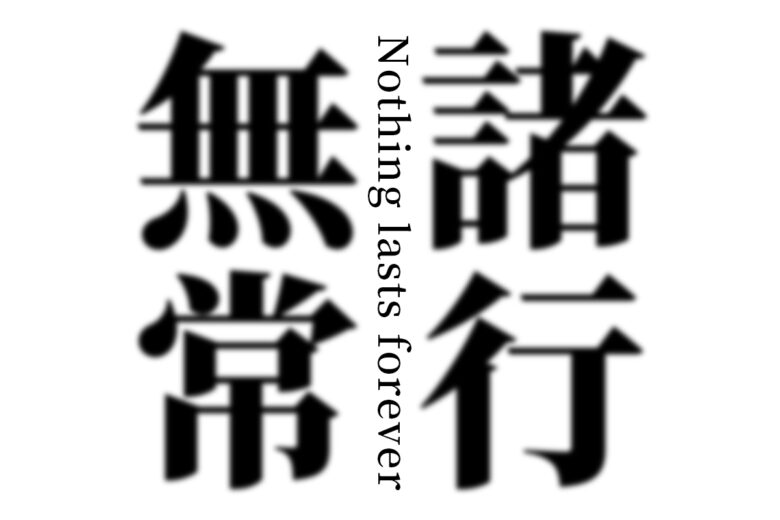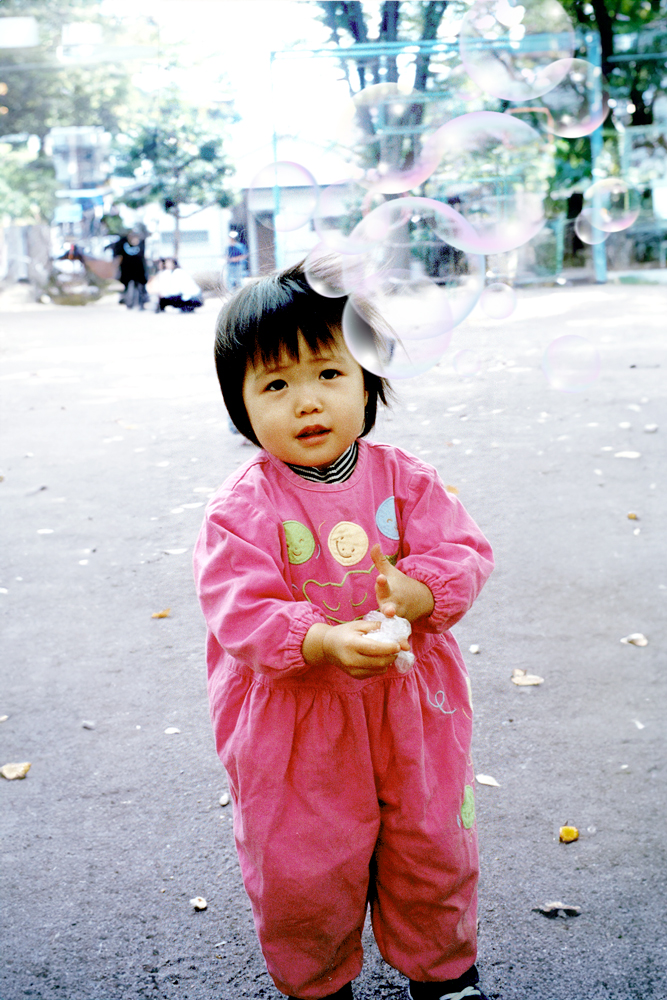Shabon dama
Shabon dama tonda
Yane made tonda
Yane made tonde
Kowarete kietaShabon dama kieta
Tobazu ni kieta
Umarete sugu ni
Kowarete kietaKaze, kaze, fukuna
Shabon dama tobasoLyricist:NOGUCHI Ujyou
Composer:NAKAYAMA Shimpei
in 1923
Soap bubbles
Soap bubbles flew
Up to the roof they flew
Up to the roof they flew
Broke and disappeared
Soap bubbles disappeared
Without flying, they disappeared
As soon as they were born
They broke and disappeared
Wind, wind, don’t blow
Let’s fly soap bubbles

Why Do “Shabon dama (Soap Bubbles)” Still Captivate Children Today?
On sunny early summer days, you’ll often spot children in parks creating magical soap bubbles that dance and shimmer in the air. While times have changed and play styles have evolved, this simple joy remains as captivating as ever. There’s something truly heartwarming about watching children’s faces light up as they create those perfect, floating spheres—each one a small miracle of physics and wonder.
The beloved children’s song “Shabon dama” is perhaps Japan’s most recognizable melody, one that virtually everyone has hummed at least once in their lifetime. This timeless tune first appeared in 1922 when poet NOGUCHI Ujyou published the lyrics in the Buddhist children’s magazine “Kin no Tou.” A year later, composer NAKAYAMA Shimpei crafted the hauntingly simple melody that would make this song unforgettable. The combination of straightforward notes and the ethereal image of soap bubbles created something that touched hearts across generations.

What Makes These Simple Words So Moving?
Though deceptively brief and simple, NOGUCHI’s lyrics carry profound emotional weight. The image of soap bubbles soaring high before bursting and vanishing serves as a powerful metaphor for life’s beauty and fragility. But there’s a deeper, more personal story hidden within these innocent-seeming words.
Many believe that NOGUCHI’s personal tragedy breathes life into this song. The lyrics are thought to express his profound grief over the loss of his eldest daughter, who died just seven days after birth. Through the delicate imagery of soap bubbles—beautiful, precious, and heartbreakingly brief—he channeled his sorrow and the painful lesson about life’s transience. While no direct statement from NOGUCHI confirms this interpretation, additional verses he wrote later seem to support this theory, revealing layers of meaning beneath the surface.
Shabon dama tonda
Soap bubbles flew
Yane yori takaku
Higher than the roof
Fuuwari fuwari
Softly, gently
Tsuzuite tonda
They continued to fly
Shabon dama ii na
Soap bubbles are beautiful
Osora ni noboru
Rising to the sky
Nobotte itte
Going up
Kaette konai
And never coming back
Fuuwari fuwari
Softly, gently
Shabon dama tonda
Soap bubbles flew
How Buddhist Wisdom Shaped a Children’s Song
The lyrics show that this is a requiem.
The song’s publication in a Buddhist children’s magazine offers another clue to its deeper meaning. Buddhism teaches the fundamental truth that “nothing lasts forever”—a concept known as impermanence. “Shabon-dama” beautifully reflects this philosophy, celebrating the fleeting beauty of each moment in our ever-changing world.
Imagine NOGUCHI watching young girls play with soap bubbles, perhaps wondering what his own daughter might have looked like engaged in such innocent play. The song’s gentle plea—”Wind, wind, don’t blow. Let’s fly soap bubbles”—expresses a tender wish to protect these fragile moments of joy, much like a parent’s instinct to shield their child from life’s harsh realities.

Why Does This Song Touch Us More Deeply as Adults?
“Shabon dama” possesses a rare quality that allows it to evoke different emotions and interpretations depending on the listener’s life experience. The same song we sang carelessly as children takes on new dimensions when we encounter it again as adults, having experienced our own losses and learned about life’s precious fragility.
NAKAYAMA Shimpei’s deliberately simple and unadorned melody enhances this emotional impact, allowing the profound lyrics to resonate without distraction. Even today, “Shabon dama” continues to weave its magic across Japan—children sing it in kindergartens and nursery schools, while families hum it together at home. This enduring song serves as a mirror reflecting the Japanese heart, capturing both the joy of innocent play and the deeper wisdom that comes with understanding life’s impermanence.

The masterpiece created by NOGUCHI Ujyou and NAKAYAMA Shimpei will undoubtedly continue to touch hearts for generations to come, reminding us that sometimes the most profound truths are found in the simplest moments—like watching soap bubbles dance in the summer air.







コメント